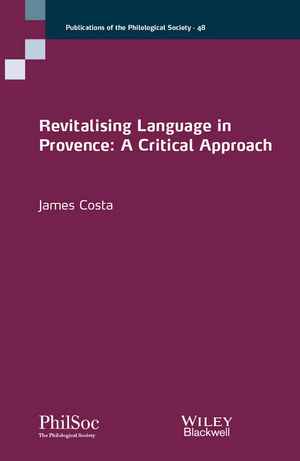Page 99 tells of how Gabriel, a thoughtful Latino man in his mid-30s, stopped drinking. In his drinking days, he was a guitarist with the attendant rock ’n’ roll lifestyle. He was incarcerated after committing a felony while drunk, and came to prioritize “knowledge and truth” in sobriety. The page encapsulates a major theme within my dissertation, which is a phenomenological and semiotic analysis of how alcoholics undergo a moral transformation using Alcoholics Anonymous (AA) and other cultural resources. I did fieldwork with self-identified alcoholics in Austin, Texas from 2011 to 2013, inquiring into a central problem they faced during drinking and sobriety: the ethical questions “Who am I?” and “How should I live?” The page demonstrates how studying addiction illuminates the importance of the will in how Americans conceptualize and shape personhood.
When asked about when he stopped drinking, his immediate response was that it was a choice. It took almost two years for his sentence to be carried out, and in that time, he did not go to AA meetings or receive any other treatment. He never overtly identified as an alcoholic, but did not vigorously oppose it, either. He had issues with the wording of the First Step, “We admitted we were powerless over alcohol—that our lives had become unmanageable.” He thought it should be worded, “Admitted I believed that my life was unmanageable, that I was powerless over alcohol.” I asked what the significance of “believed” was. He explained:
“You think you can only do something this way, and it’s all about how you picture it, how you perceive it. When I was drinking, I tried to stop many times. I couldn’t. But I believed that alcohol had this grip on me, and that’s not true. Alcohol was just something I used to avoid things. To avoid dealing with things I needed to deal with. The [Twelve] Steps give alcohol this magical power. I kept myself from drinking. Before AA, I didn’t drink, and that’s because I made the decision. I’m not going to drink; this is it. I made a promise to Kerrie [his wife] that I wouldn’t drink…I still remember that feeling, of making that choice, and how it impacted me, saying that. I remember saying after hangovers, never again, but not meaning it… I’m willing to say that I’m doing it under my own power, so to speak. It is what I will, so in a sense it is willpower, and that would be totally rejected in a traditional meeting, although some people say, “It’s just us making choices.” I think that it is my choice. If I did relapse, I would have to make a conscious decision to do it. I would have to put myself within access of the drink, so it’s not gonna magically fall in my lap. Even if it does, it’s not going to magically pour in my mouth.”
AA members say alcoholics stop drinking when they “hit bottom,” a situation in which they receive “the gift of desperation.” Along these lines, Gabriel “meant” his promise, given his legal troubles and questions of what kind of husband he was. To him, this feeling was crucial in stopping drinking. Given his and others’ emphasis on affect, Heidegger’s concept of mood is useful. Whether and how we engage with things in our world depends on our mood. I combined this insight with Peircean semiotics to theorize that mood influences what interpretations of a sign vehicle become available to an interpreter. Desperate alcoholics may consider alternate interpretations of what alcohol signifies and disengage from drinking. Gabriel’s circumstances generated a mood conducive to doing that.
His deliberations continued historical debates on will. Rejecting his Jehovah’s Witnesses upbringing, he disavowed free will, calling it “a Christian invention.” He also denied that addiction determines his behavior. His formulation of choice echoes 18th century theologian Jonathan Edwards, who wrote that although our wills are not free, each of our actions are free because we might have done otherwise. When Gabriel believed he could “only do something this way,” his choice was 1a) drink, or 1b) not drink, an impossible choice for him. When he “pictured” things differently, he reinterpreted his choice as 2a) avoid problems, or 2b) deal with problems, and 3a) disregard Kerrie, or 3b) keep his promises. Thus, Gabriel formulated a type of ethical personhood for himself when he reconfigured drinking and relapse into a series of choice-based actions, any point at which he could reinterpret his actions and act otherwise.
Takamine, Linda. 2017. “Alcohol, Virtue, and the Making of Persons in Contemporary America.” University of Michigan, Phd dissertation.
Linda Takamine is a qualitative researcher at the VA Center for Clinical Research and Management. You can reach Linda at lindahiromi@gmail.com.


